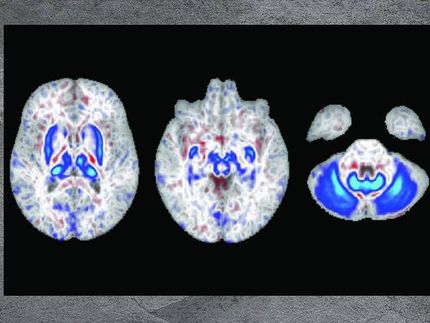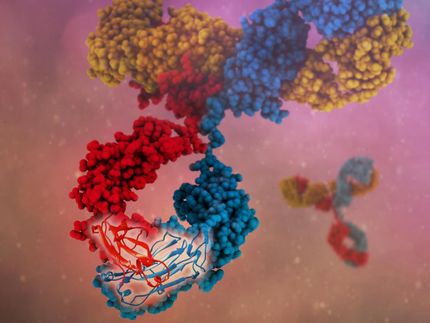Faulty clean-up process may be key event in Huntington's disease
Advertisement
In a step towards a possible treatment for Huntington's disease, scientists at Albert Einstein College of medicine of Yeshiva University have shown for the first time that the accumulation of a mutated protein may explain damaging cellular behavior in Huntington's disease. Their research is described in Nature neuroscience .
Huntington's disease results from a gene mutation that leads to a defective form of the huntingtin protein. The mutation is dominant, meaning that a child of an affected parent has a 50 percent chance of inheriting Huntington's. And since the defective protein is present in all of a person's cells, the disease causes problems in the brain and throughout the body.
"Studies have shown that Huntington's disease occurs in part because the mutated huntingtin protein accumulates within cells and is toxic to them," said Ana Maria Cuervo, M.D., Ph.D., professor of developmental and molecular biology, of anatomy and structural biology, and of medicine at Einstein and senior author of the Nature Neuroscience study. "In our investigation of how the accumulating huntingtin protein affects the functioning of cells, we found that it interferes with the cells' ability to digest and recycle their contents."
All cells rely on several different mechanisms to break down "old" proteins and other components and recycle them. Collectively known as autophagy (literally, "self-eating"), these processes keep cells clean and uncluttered and provide them with replacement parts that will function better.
Dr. Cuervo and her team had previously shown that a glitch in autophagy may trigger Parkinson's disease by allowing a toxic protein to accumulate. She suspected that something similar was going on in Huntington's disease. After studying two mouse models of Huntington's disease as well as lymphoblasts (white cells) from people with the disease, she and her team found that the mutated huntingtin protein was sabotaging the cell's garbage-collecting efforts.
One mechanism for cleaning up cells involves forming a membrane around the protein or other cellular structure requiring removal. These "garbage bags" (more formally known as autophagosomes) then travel to enzyme-filled sacs known as lysosomes that fuse with the bags and digest their cargo. But the clean-up efforts go awry in Huntington's disease.
Dr. Cuervo and her team found that the defective huntingtin proteins stick to the inner layer of autophagosomes, preventing them from gathering garbage. The result: Autophagosomes arrive empty at the lysosomes; and cellular components that should be recycled instead accumulate, causing toxicity that probably contributes to cell death.
This finding, Dr. Cuervo noted, shows that activating the lysosomes of cells – one of the proposed treatments for Huntington's disease – won't do any good.
"It doesn't matter how active your lysosomes are if they're not going to receive any cellular components to digest," she said. "Instead, we should focus on treatments to help autophagosomes recognize intracellular garbage, perhaps by minimizing their contact with the defective huntingtin protein. By enhancing the clearance of cellular debris, we may be able to keep Huntington's patients free of symptoms for a longer time."


























































